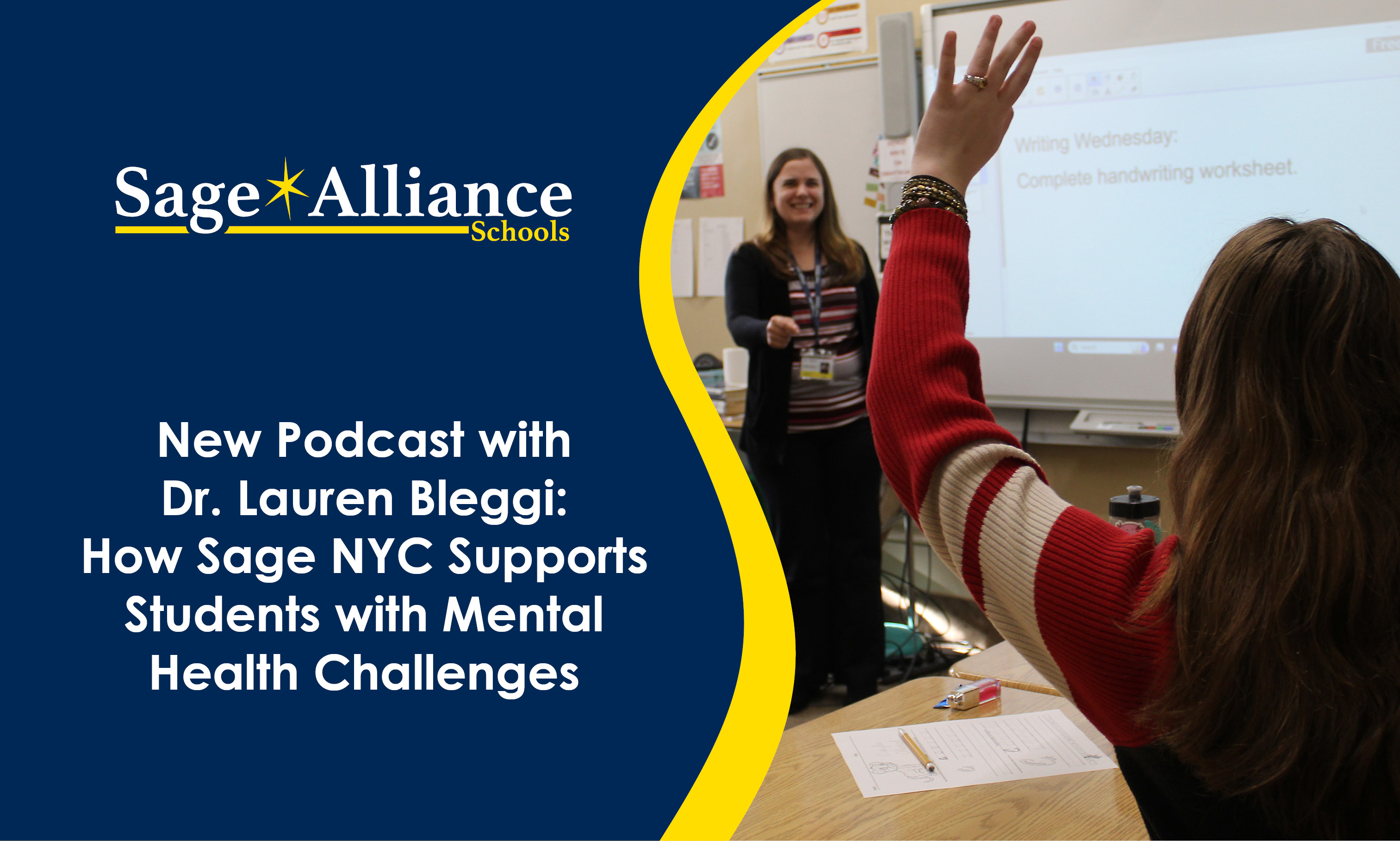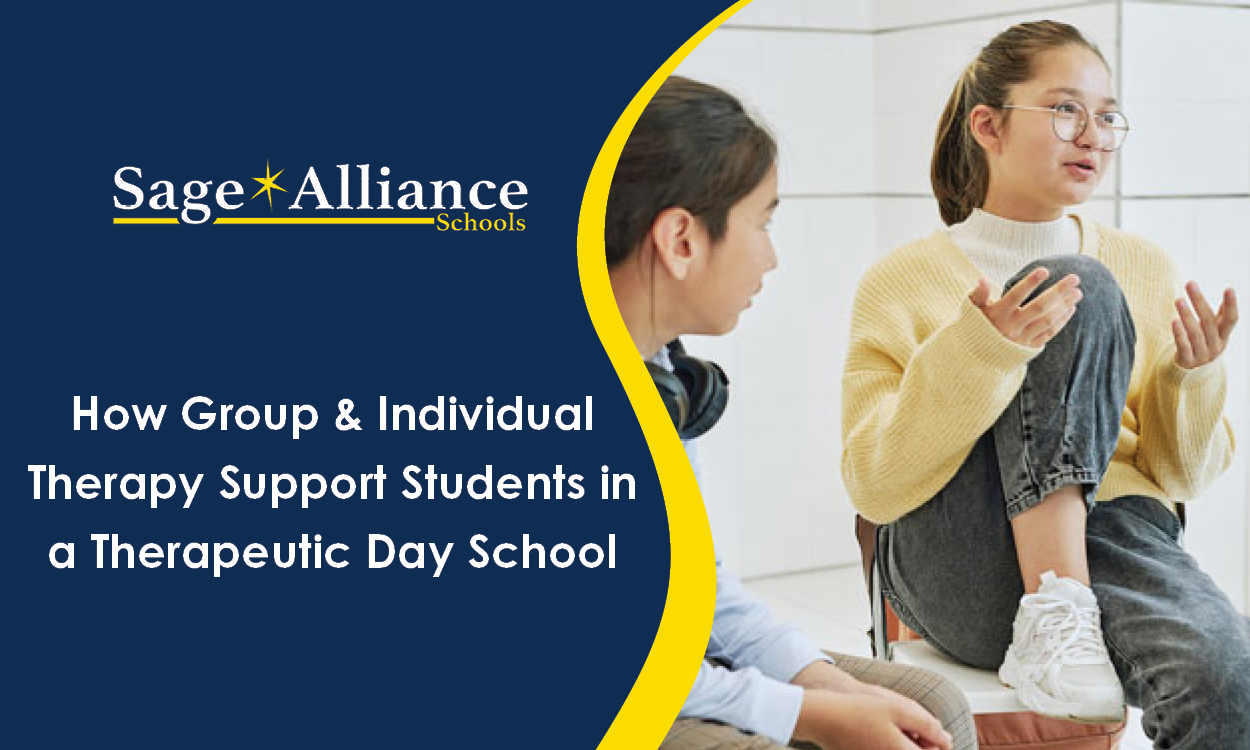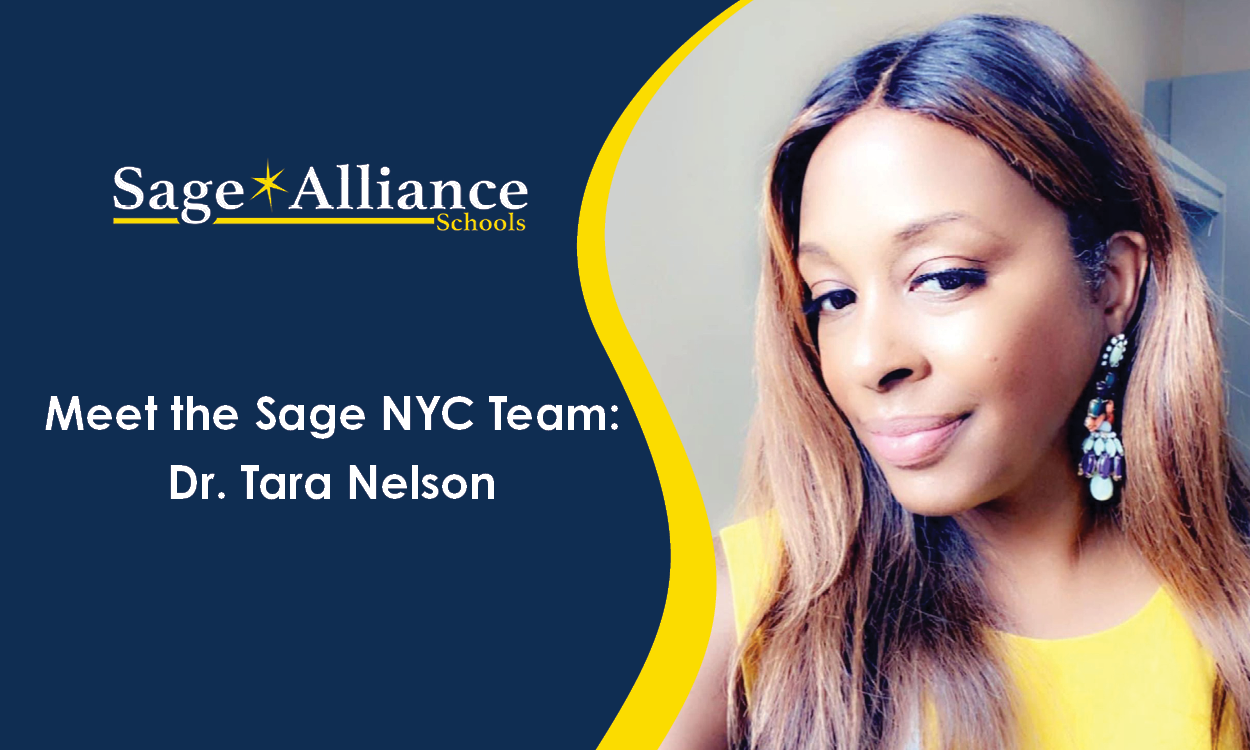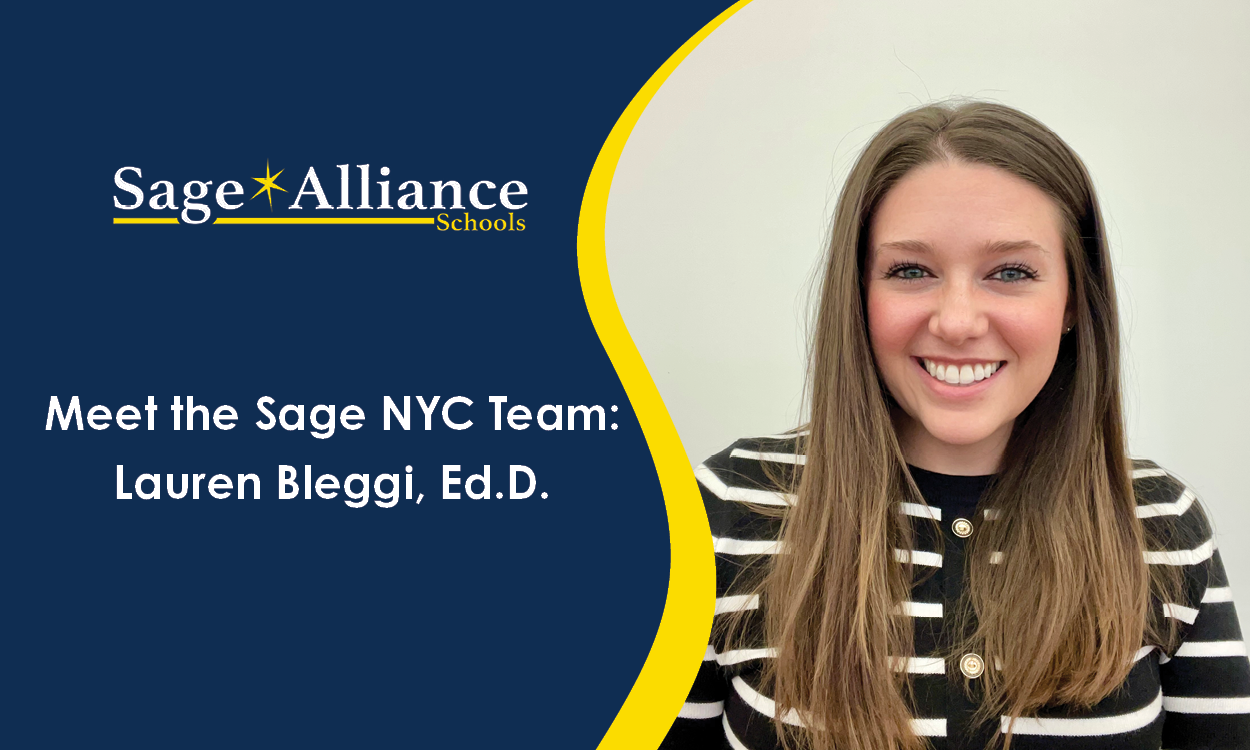ADHD vs. ADD: Knowing the Difference
Posted: May 15, 2016 | Written By: Holly Ference | Category: ADHD
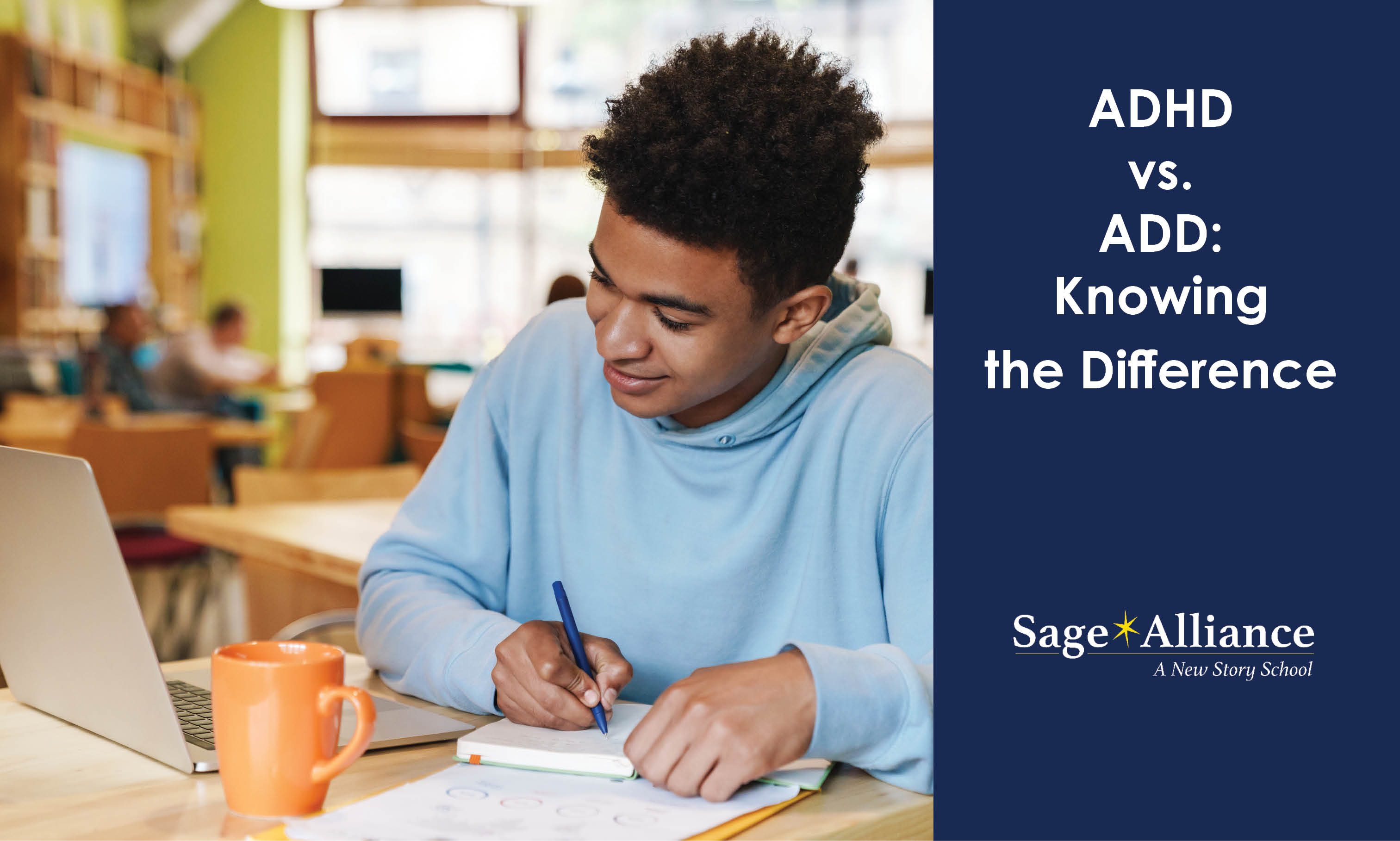
People often use the words ADD and ADHD interchangeably, but the two terms are quite different. ADD, or attention deficit disorder, is an old term that was used to refer to what doctors now call attention deficit hyperactivity disorder, or ADHD. Understanding ADHD, its symptoms and its causes, are important when considering treatment options such as medication or a therapeutic school program.
Both terms refer to a disorder found in many adults and children in which they are easily distracted, have difficulty controlling their impulses, and also suffer from restlessness or hyperactivity. There are about 6.4 million children in the U.S. diagnosed with ADHD, and many adults and children remain undiagnosed.
Types of ADHD
In general, there are three forms of attention deficit hyperactivity disorder:
-
Inattentive – This form of ADHD refers to a patient who shows symptoms of easy distractibility or inattention, but who lacks the symptoms of hyperactivity or impulsive behavior. This form of ADHD is what the old ADD label referred to.
-
Hyperactive-Impulsive – These patients are hyperactive and impulsive, but lack the symptoms of inattentiveness or easy distractibility.
-
Combined – This form of ADHD refers to people who have symptoms of inattention, hyperactivity, and impulsivity.
Symptoms of ADHD can be mild or severe, depending on each patient’s individual physiology, and the type of stresses and environment they encounter. Some people with ADHD may only have some slight problems focusing when performing certain tasks. Others may have more severe problems with restlessness and inability to concentrate. These more severe symptoms can have negative impacts in social situations at school or on the job.
Among many patients with ADHD, symptoms appear to worsen in unstructured situations such as playground activities than in more carefully structured situations where expected outcomes are more explicitly stated. Some other mental health conditions such as anxiety or a learning disability may make ADHD symptoms more pronounced.
Finding Help
Many boys and girls with ADHD tend to grow out of the disorder in time. Maturation and physiological changes as we get older can account for an increased ability to focus and curb impulsive behaviors.
Much attention is focused on the negative aspects of ADHD, but there are some positives associated with this condition as well. Adults and children with ADHD tend to be creative, energetic, and very independent. Learning to mitigate the less desirable traits of ADHD can help them realize greater satisfaction and achievement in their lives. For students struggling in a traditional school environment, a therapeutic school that combines strong academics with regular therapy, and an environment conducive to helping children with ADHD, may help.
Sage Day is a therapeutic school operating in New Jersey that offers specialized programs for students with ADHD and emotional issues such as anxiety, depression school refusal and more. Accredited by the Middle States Association of Colleges and Schools Commissions on Elementary and Secondary Schools, Sage Day offers a rigorous academic program in an environment that also incorporates a comprehensive clinical program.
Want to be notified of new articles and resources from Sage Alliance? Click here to submit your email and opt into our newsletter.





